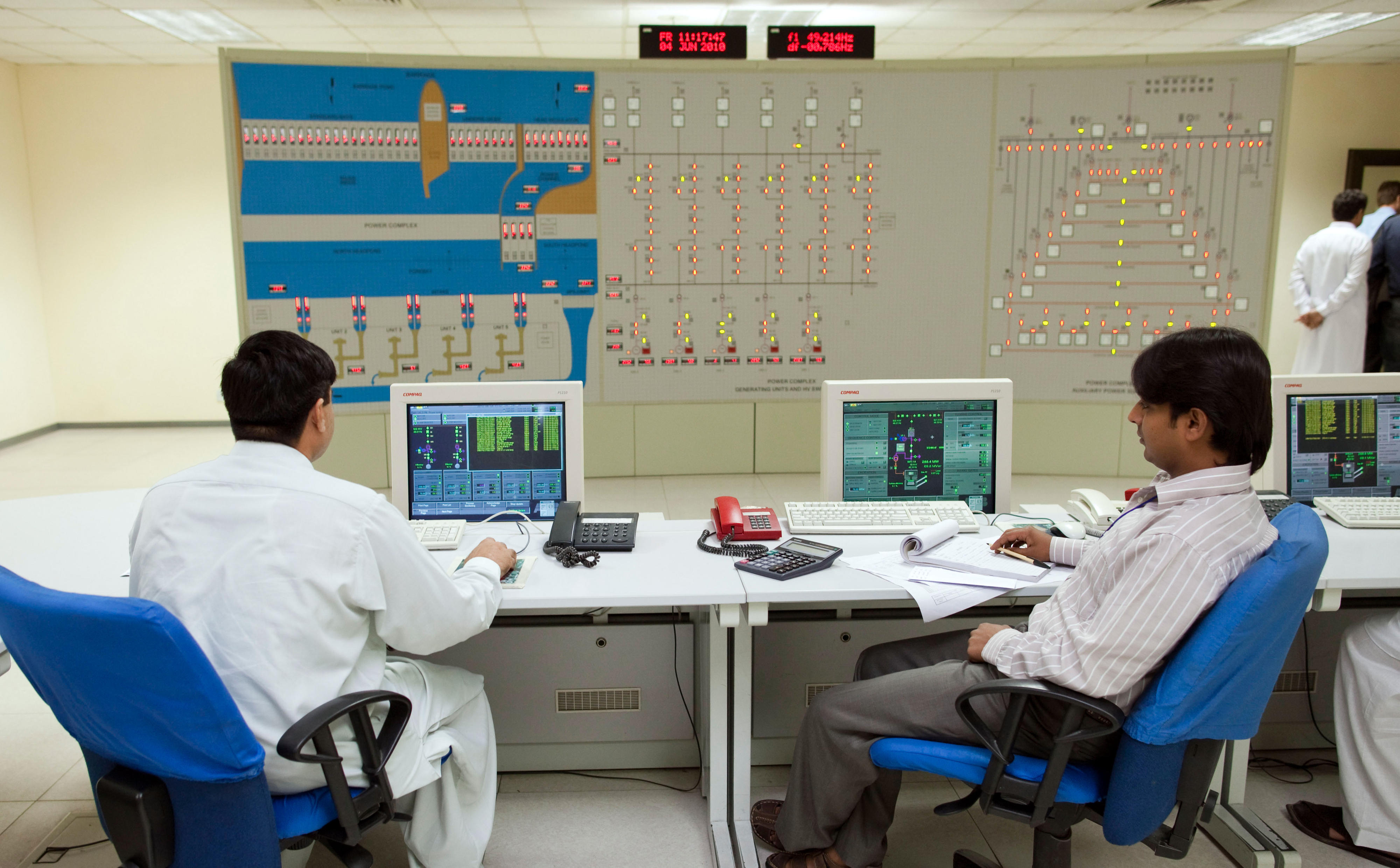Economic situation Economy under great pressure
Control centre of the hydropower plant Ghazi Barotha, Pakistan
Pakistan continues to be faced with comprehensive structural challenges. Government debt is rising, the rupee is losing value, inflation is high, and there is a shortage of foreign exchange reserves. A significant share of government revenue has to be used for the repayment of loans. Pakistan's biggest creditor is China.
The country's tax ratio is very low even by regional standards. This means that the government lacks the financial scope to invest sufficiently in vital social services. In order to give the young population adequate job prospects and opportunities for participation, Pakistan's economy would need to grow by a minimum of seven per cent a year.
Private investors hesitant
Pakistan is suffering from the impacts of Russia's war of aggression against Ukraine, for instance the significant increase in energy prices. The country is also dependent on grain and fertiliser imports from Russia and Ukraine. Without them, it cannot achieve the necessary level of preparedness for crop loss caused by extreme weather events.
For several years, the Government of Pakistan has been undertaking increased efforts to attract foreign investment. However, private investors are deterred by the tense security situation, the uncertain political situation, widespread corruption, inefficient administrative bodies, a lack of legal certainty, and an inadequate energy supply. The government is putting great hope in Pakistan's economic cooperation with China under the China-Pakistan Economic Corridor – one of the regional trade routes along what is called the New Silk Road (Belt and Road Initiative).
In 2014, Pakistan was included in the European Union's Generalised System of Preferences Plus (GSP+). This gives Pakistan's export sector better access to the European market for various products, especially textiles. Within the EU, Germany had spoken in favour of admitting Pakistan to the system. In order to be granted GSP+ status, a country needs to comply with 27 international conventions. These also include the core labour standards of the International Labour Organization (ILO), which are not yet being sufficiently implemented in Pakistan's textile industry – a sector that is of vital importance for the country.
Development potential
Pakistan has significant economic potential, including abundant resources, low labour costs, a young population and a growing middle class.
The government's development strategy provides a clear definition of the prerequisites for sustainable development in Pakistan: social justice, the rule of law, peace and security, good governance and a national consensus on development. In order to reach its development goals, the government needs to launch fundamental reforms and implement them systematically. For example, there is still a long way to go until the economic and social potential of women has been fully harnessed.
As at: 07/08/2024
